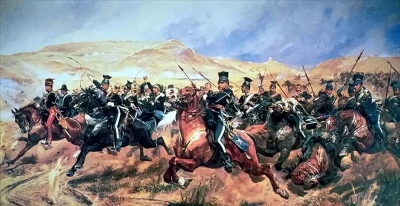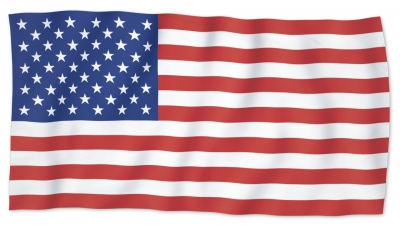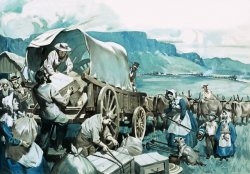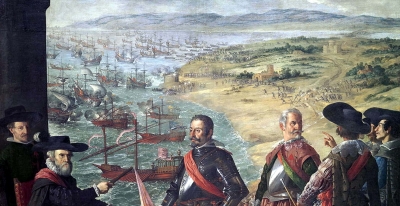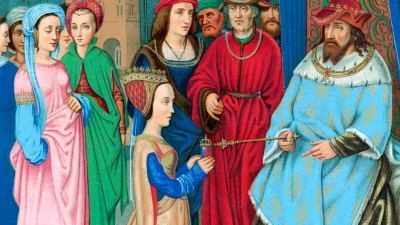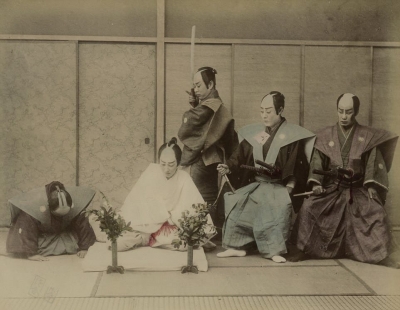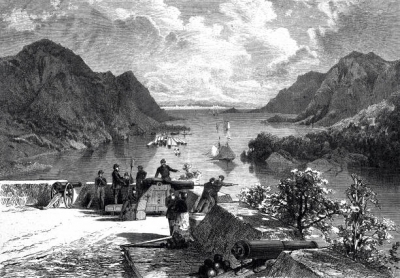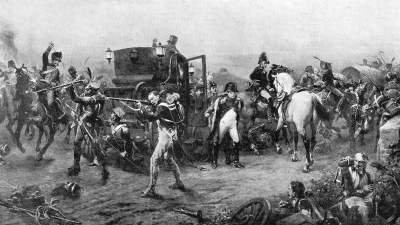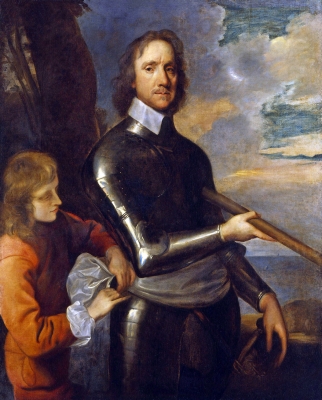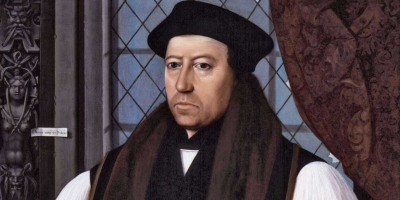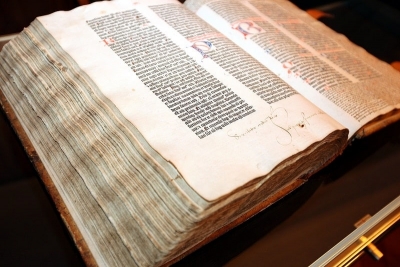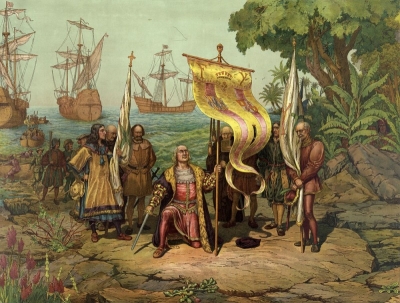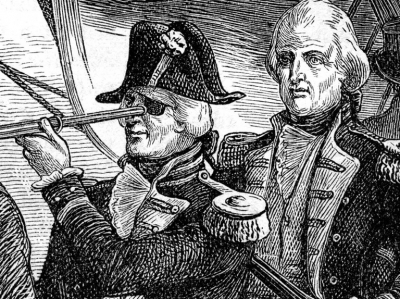Who assassinated President John Fitzgerald Kennedy?
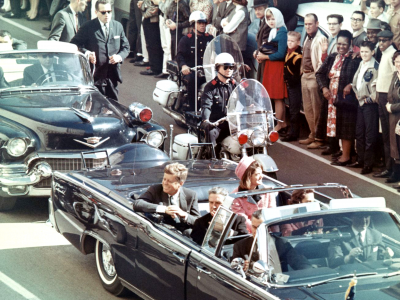
President John Fitzgerald Kennedy's assassin in 1963 is generally assumed to have been lee Harvey Oswald, a 24-year-old self-styled Marxist. The police evidence is that both the bullets that hit the President were fired by Oswald from a sixth floor window.
The 46-year-old President and his wife jacqueline has come to Dallas, Taxes, on a speaking tour and were on their way in a motorcade to attend an official Lunch when the fatal shots were fired at 12.30 pm on November 22. Kennedy's death was announced officially at 1.30 pm, and Vice President Lyndon B. Johnson was sworn in as the new President before flying back to Washington.
Lee Oswald, who was arrested shortly after the shooting, was being transferred to Dallas county jail on November 24 when Jack ruby, a 52-year old nightclub operator, shot and killed him at close range in full view of a nation-wide television audience. So the evidence against Oswald was never allowed to be tested publicly in a court of law. This led to a spate of theories that Oswald was not really the assassin or that he had accomplices, but these have since been largely discounted.
Picture Credit : Google
